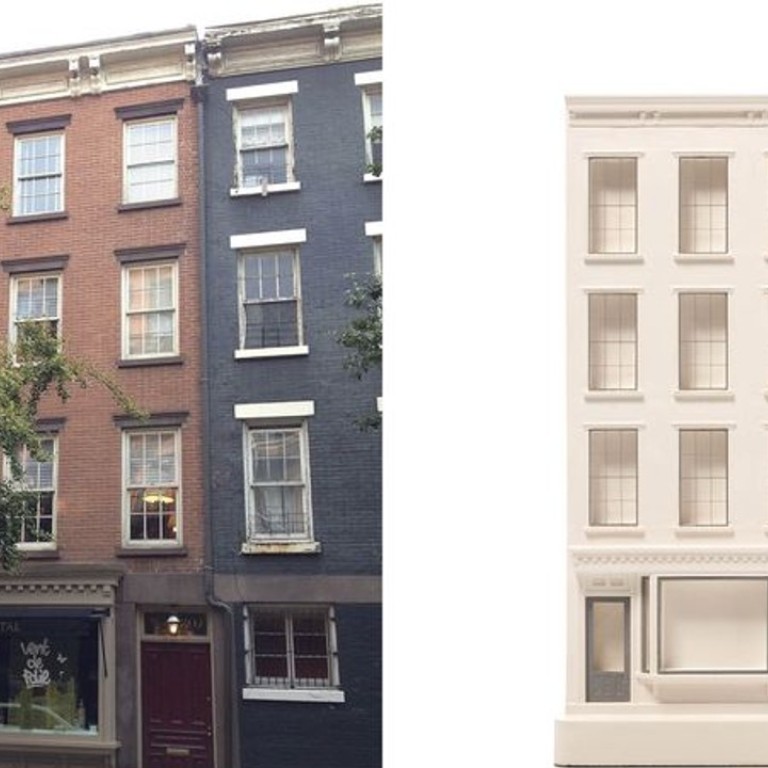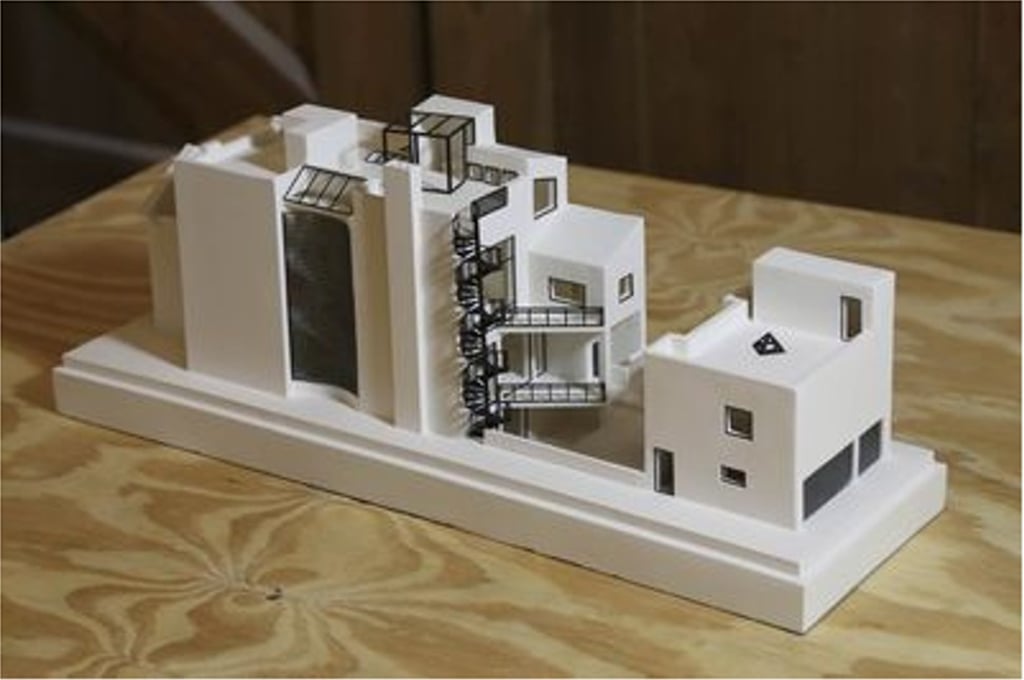Forget tiny houses: the design-obsessed now want miniature homes

Building scale models of someone’s home that can fit on a tabletop has become a thriving cottage industry for British companies
Veteran marketing executive Lisa Macpherson was thrilled when she and her boyfriend Jim decided to buy their first house together, in Virginia, in the United States, two years ago.
The only sacrifice: he would no longer live full-time in his house in Chicago, Illinois – a passion project on which he had collaborated closely with an architect.
The solution, Macpherson reasoned, was for him to bring that house down to Virginia with him – or at least, a scale model of it.
For someone in love with their home, seeing it reproduced at scale with every detail perfect, it would be a knockout gift
Macpherson found a British-based model maker, Chisel & Mouse, to tackle the project.
She sent across blueprints, satellite images, photographs and other details about Jim’s home, and connected the firm with his architect in case of questions.
“For someone in love with their home, seeing it reproduced at scale with every detail perfect, it would be a knockout gift,” she says.
“It was the perfect intersection of where we were in our relationship and his passion for that house.”
Sure enough, a few months later, an enormous wooden crate arrived in Virginia: at its centre, painstakingly packed, was a 14-inch (35.5-centimetre)-wide plaster replica of Jim’s home.
The maquette perfectly mirrored every exterior detail; elements of the interior were visible, too.
Through one window, Macpherson could see the fireplace and via another, there was Jim’s platform bed. When she presented it to him, that Christmas, he was left speechless.
